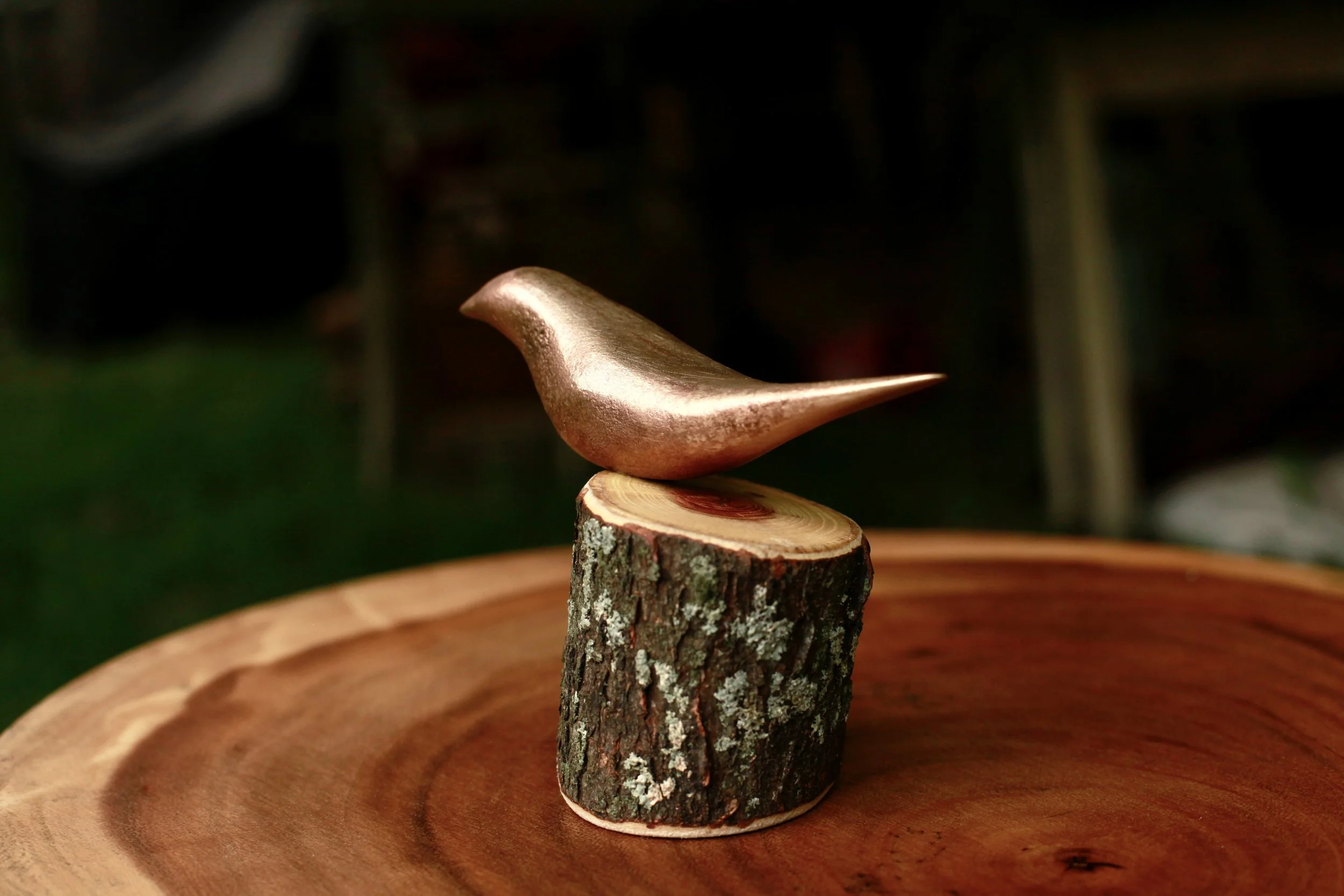Balance: Validation and the Artist’s Journey
I’m sitting here quietly, savoring a rare moment of calm while my 1.5-year-old daughter naps. She’s wonderfully curious and imaginative—qualities I adore—but her light sleeping means even the faintest sound, like a fork clinking against another, can wake her. It’s in these moments of stillness that I reflect, not just on parenthood, but on my life as an artist.
This quiet space holds a question: how do I use this time? Do I tackle the drawing downstairs that’s been in progress for over a year? Head to the stone carving studio to hammer out a little more work? Plan lunch, update my website, or buy that thing I’ve been meaning to order? Or maybe—just maybe—I should pick up a book and grant myself the grace of relaxation.
Yet here I am, writing instead. Writing about the challenge of balancing life as an artist with everything else that comes with it, particularly the question of validation.
Validation is a peculiar beast. Most artists crave it, though we often try to pretend we don’t. We seek recognition—not necessarily from the world, but from somewhere, from someone, as proof that our work matters. But here’s the catch: the harder we chase validation, the more it eludes us.
Some of the most remarkable art is born when the need for validation falls away. When an artist moves past the noise of striving, the work becomes something more—a pure reflection of thought, spirit, and intention. It’s as though the medium itself takes over, effortlessly bringing the vision to life.
This balance—between external validation and internal purpose—is one of the artist’s greatest challenges, especially in the modern era. Today’s world rewards visibility, speed, and self-promotion. But the timeless truths of artistry remain unchanged: meaningful work comes not from chasing approval, but from integrating life into the process.
When life is woven into the work, it transcends ego. It stops being about what others think and becomes a dialogue between the artist, the medium, and the world. Critics and cultural trends don’t define the value of art; its worth lies in its message and its capacity to resonate.
If the message doesn’t connect today, that doesn’t mean it never will. Art is both timeless and patient. As artists, our job is to keep working, to refine both our craft and ourselves. When those two elements align, validation becomes irrelevant. The work speaks for itself.
So here’s to balance. To creating with intention, living with curiosity, and letting go of the need for outside affirmation. Because when art is free of ego and full of life, it has the power to change the world—and maybe even the artist who created it.
